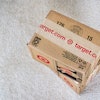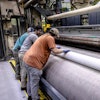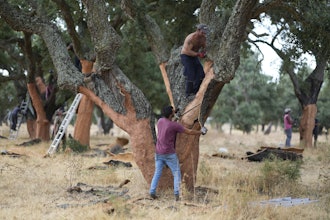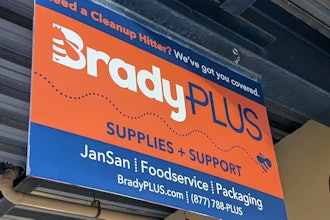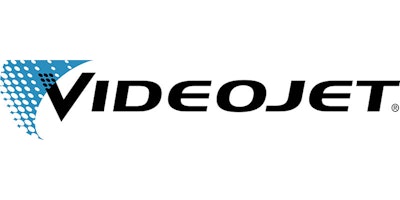
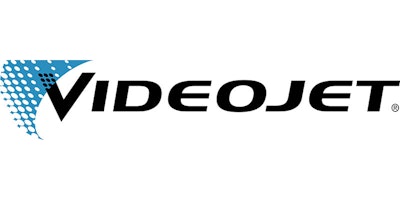
 Arthur Smith, Vertical Marketing Manager, Videojet
Arthur Smith, Vertical Marketing Manager, VideojetFollowing November's PACK EXPO International 2016, Food Manufacturing had the opportunity to correspond with Videojet's Arthur Smith, who discussed how coding technologies are responding to packaging and labeling trends, and highlighted some of the products/technologies the company had on display at the annual event.
Q. What coding technologies are responding to current packaging and labeling trends?
In response to changing packaging and labeling trends, food manufacturers are looking for versatile printing and marking solutions that can code on a variety of packaging materials. Continuous inkjet (CIJ) continues to be the most popular coding technology option due to its ability to print date/lot numbers and other information on almost any surface.
Food products that vary in temperature can also pose a code quality challenge to manufacturers. Thanks to new advancements in CIJ inks, food manufacturers can rely on high quality codes that can withstand the rigors of cold and wet environments.
Lasers offer high resolution codes on various plastics and labels, metal, glass and cardboard. With over 20,000 standard configurations, the new Videojet 3140 and 3340 CO2 laser marking systems give food manufacturers the flexibility to quickly and easily position the beam where it’s needed. The 3140 and 3340 offer various wavelengths to help ensure optimal code quality on each substrate.
Wide web label applications are another growing trend for food labeling because of their potential cost and time savings. In the past, this application may have required two lasers to mark the large label area. Now just one Videojet 3340 can often handle this application due to the 3340’s expansive 600mm wide mark window. This efficient laser also provides more time to mark, increasing throughput and productivity.
As the use of pouches and other flexible packaging continues to grow, food manufacturers are also taking advantage of Thermal Transfer Overprinting (TTO) because of its reliability and superior level of print quality. In addition to its ability to print large amounts of variable information, TTO offers a choice of colors, complementing the packaging’s design.
Q. What products/technologies applicable to the food and beverage industry did Videojet showcase at PACK EXPO International 2016?
Videojet showcased the latest Videojet coding and marking solutions to 2016 PACK EXPO attendees, as well as many products built with advanced connectivity, interfaces and tools to help users achieve higher productivity:
- The new Videojet 3340 CO2 laser maximizes printer availability with long-life, air-cooled laser sources that virtually eliminate maintenance intervals so users can focus on production. With up to 63 percent faster coding speeds than predecessor Videojet lasers and the largest marking field in the industry, users enjoy increased throughput and efficiency.
- The new Videojet 7610 100-Watt fiber laser marking system applies high-contrast marks at ultra-fast speeds on hard plastics, metals and other industrial products at up to 600m/min to meet the demands of high-speed packaging operations.
- Continuous inkjet solutions such as the Videojet 1560 and 1660 CIJ printers, which keep up with high-speed lines, quick dry time requirements and non-stop production environments.
- The Videojet 9550 Print and Apply labeler that utilizes Intelligent Motion technology, thereby eliminating the manual adjustments, clutches and nip rollers that can cause downtime in traditional print and apply labelers. Videojet demonstrated the proven technology of the Videojet 9950, designed to help reduce costs and errors in case coding operations.
- Videojet Remote Service, an intelligent solution for measuring, tracking and providing meaningful recommendations for printer optimization, is now available on more products across the Videojet family of marking, coding and variable data printing solutions.
- Designed to meet manufacturers’ needs for automated visual code inspection that minimizes false rejects commonly found with standard optical character recognition systems, Videojet introduced the Visual Code Inspection System (VCIS) with proprietary Code Quality Trend technology to help manufacturers confirm code quality and reduce the scrap associated with rejected, though readable, codes.
For more information on any Videojet equipment, visit http://www.videojet.com.

